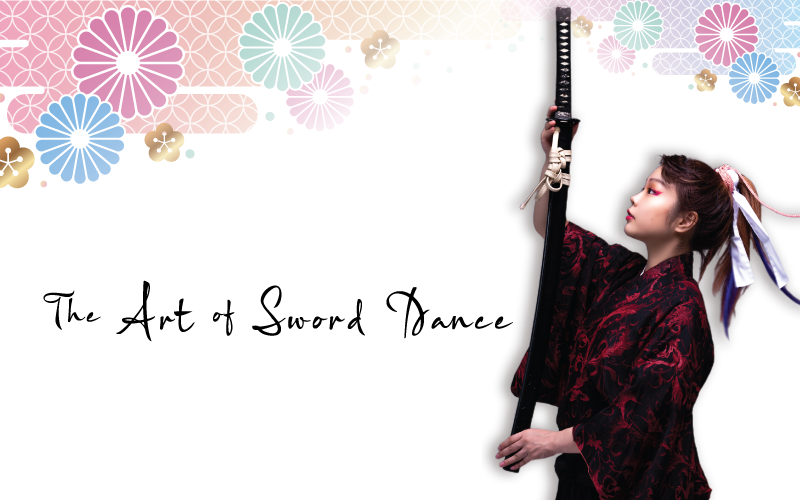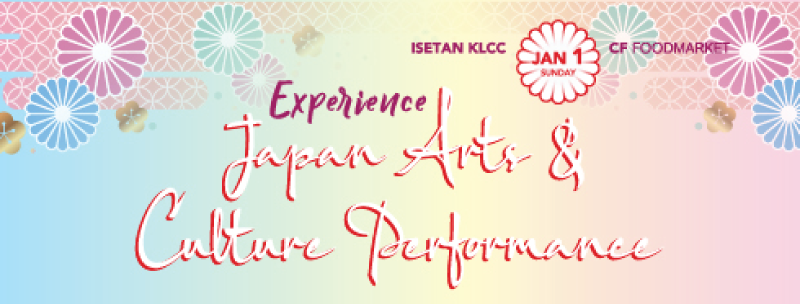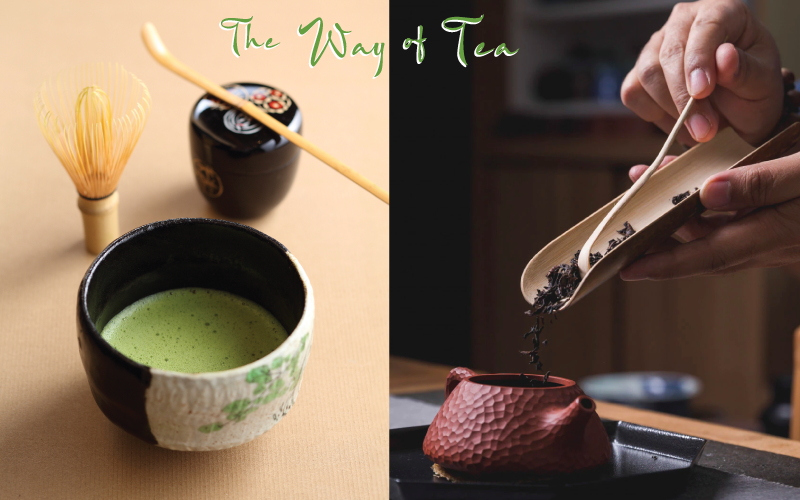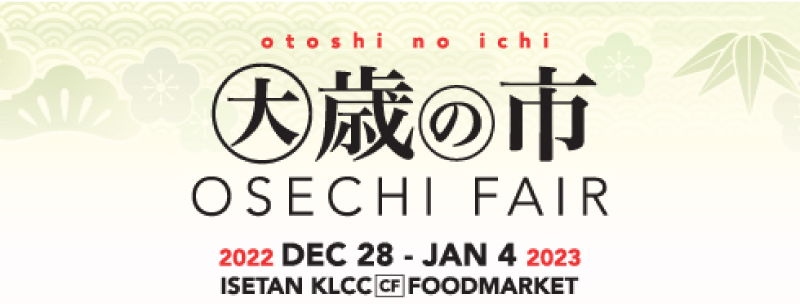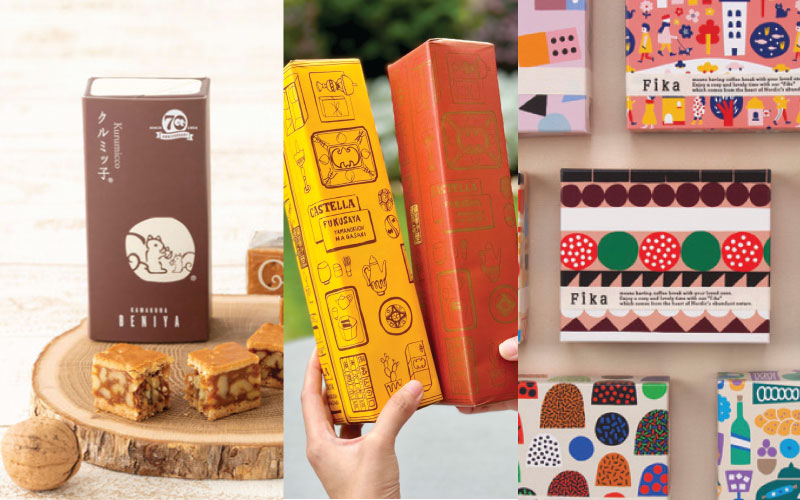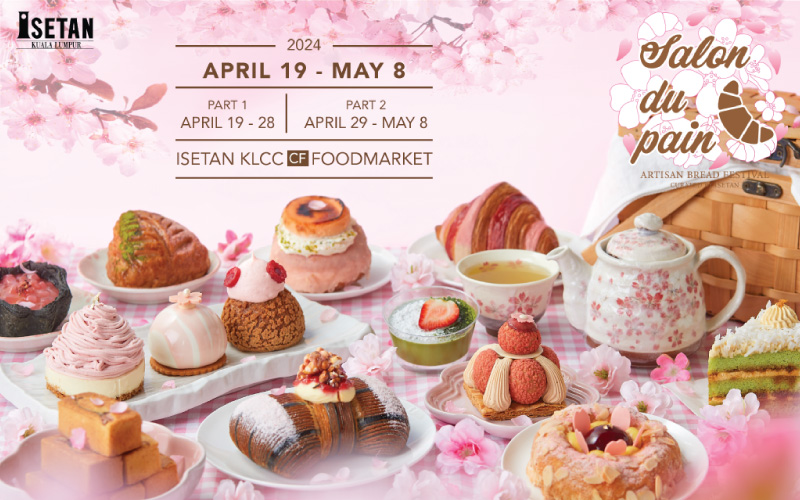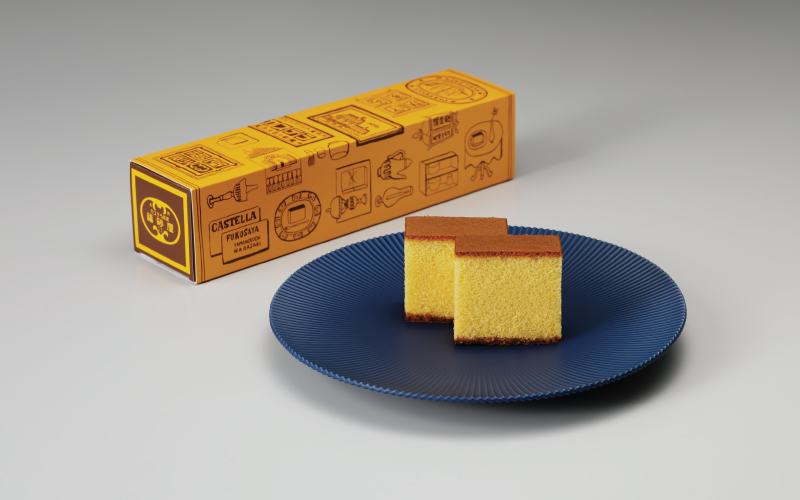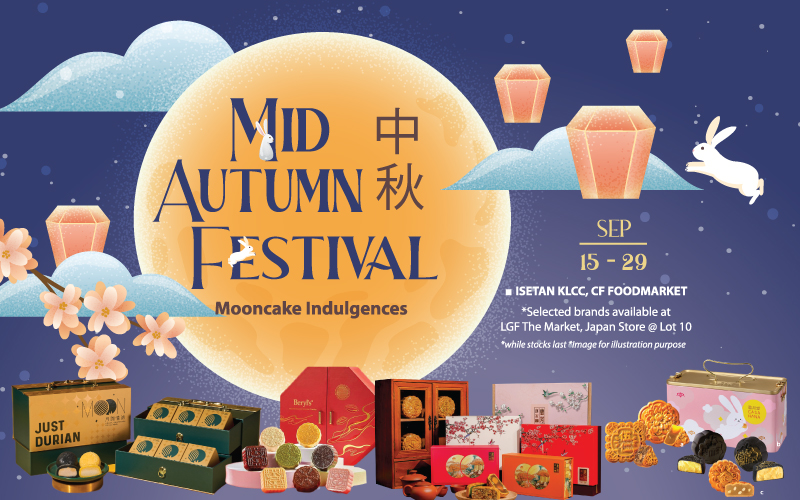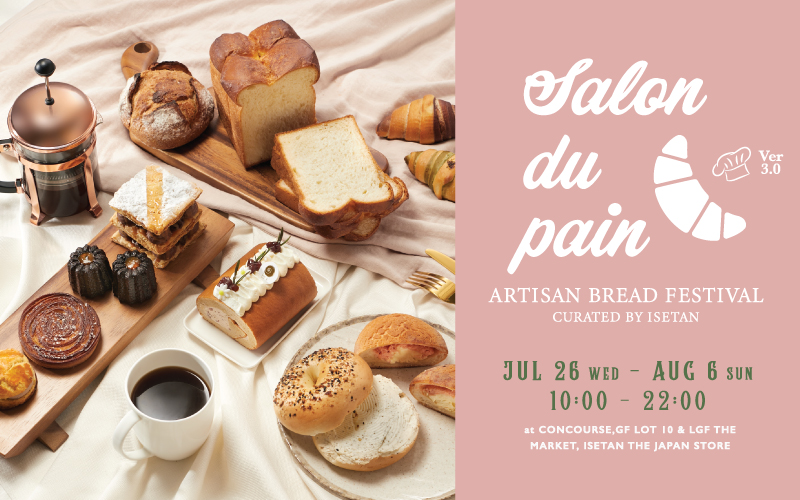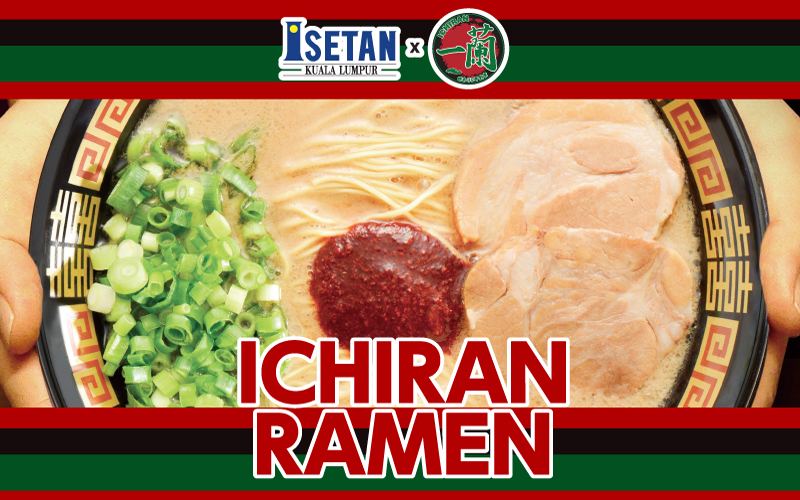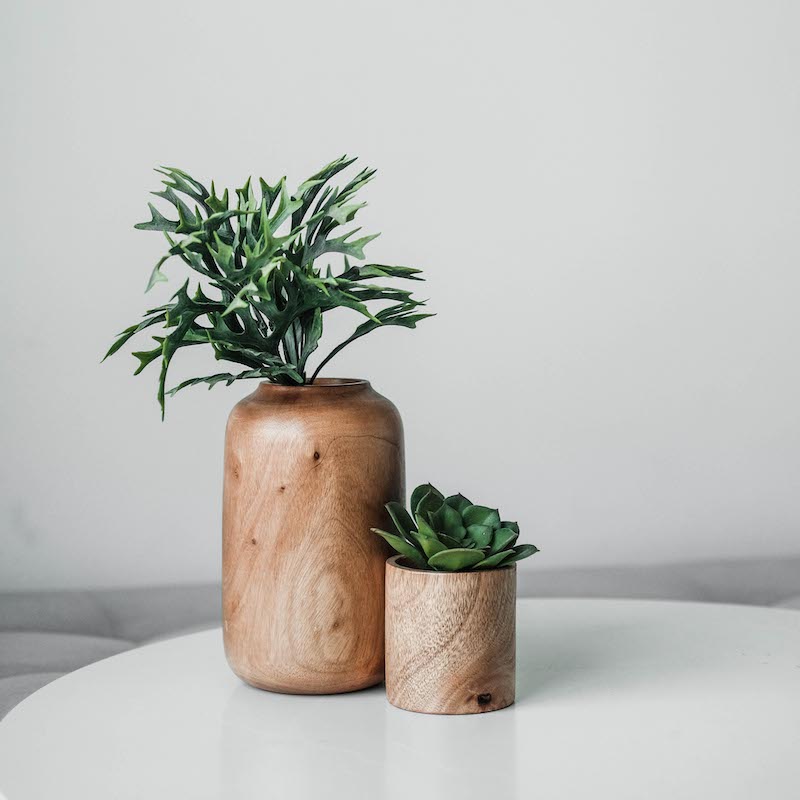Art · Culture · Food
BY Isetan Kuala Lumpur | 1st January 2023
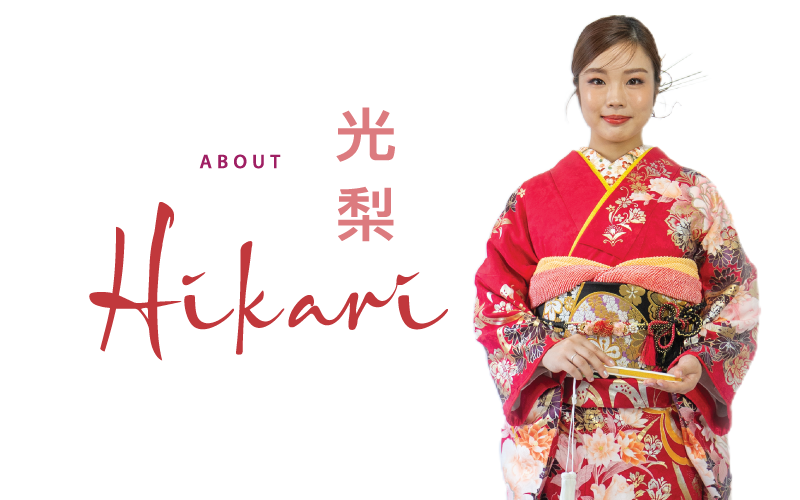
About Hikari
With a mission to spend Japanese culture to the world through sword dances and sword fighting performances, Hikari Kobayashi, has performed on numerous stages in Japan. She was trained extensively in Shiden-ryu, a creative school base on sword fighting and dance.
Currently living in Malaysia, she is now seeking a new style of Japanese sword-play incorporating Malaysia’s multicultural influences.
ART & CULTURE
The Art of Sword Dance
Developed after the era of samurai, sword dance is a type of Japanese traditional performing art that combines swordsmanship and dance. With the Sword Law prohibiting ownership of swords, samurais continue building their connection with their swords by training their spirit through the art of swordsmanship, iaito, and sword dance. The art of sword dance in which the spirit of the samurai dances with the sword is called sword dance.
The Way of Tea
Established in the Sengoku period (1467 – 1568), the Tea Ceremony was created due to the rising popularity of tea. Sen Rikyu, Japanese greated tea master perfected the way of tea ceremony and raised to the level of art with the introduction of four important principles. (和, wa): harmony, (敬, kei): respect, (清, sei): purity, (寂, jaku): tranquility. Over the years, Japanese people, especially Samurai, turned to the tea ceremony as a meditative, healing ritual to calm their minds & hearts. Nowadays, tea ceremony is practised as a comprehensive form of art and a unique cultural tradition.
FOOD
Osechi Fair
Osechi Ryori is the traditional food enjoyed on New Year’s day in Japan. Every dish of these traditional food has a special meaning in welcoming the New Year.
Osechi Ryori is usually packed in 2-3 layers of bento boxes (ojubako) and there are many dishes in each layer. The entire family would share one ojubako to enjoy on new year’s day.
The multi-tiered ojubako symbolizes hope, happiness and wealth come together and continuously.
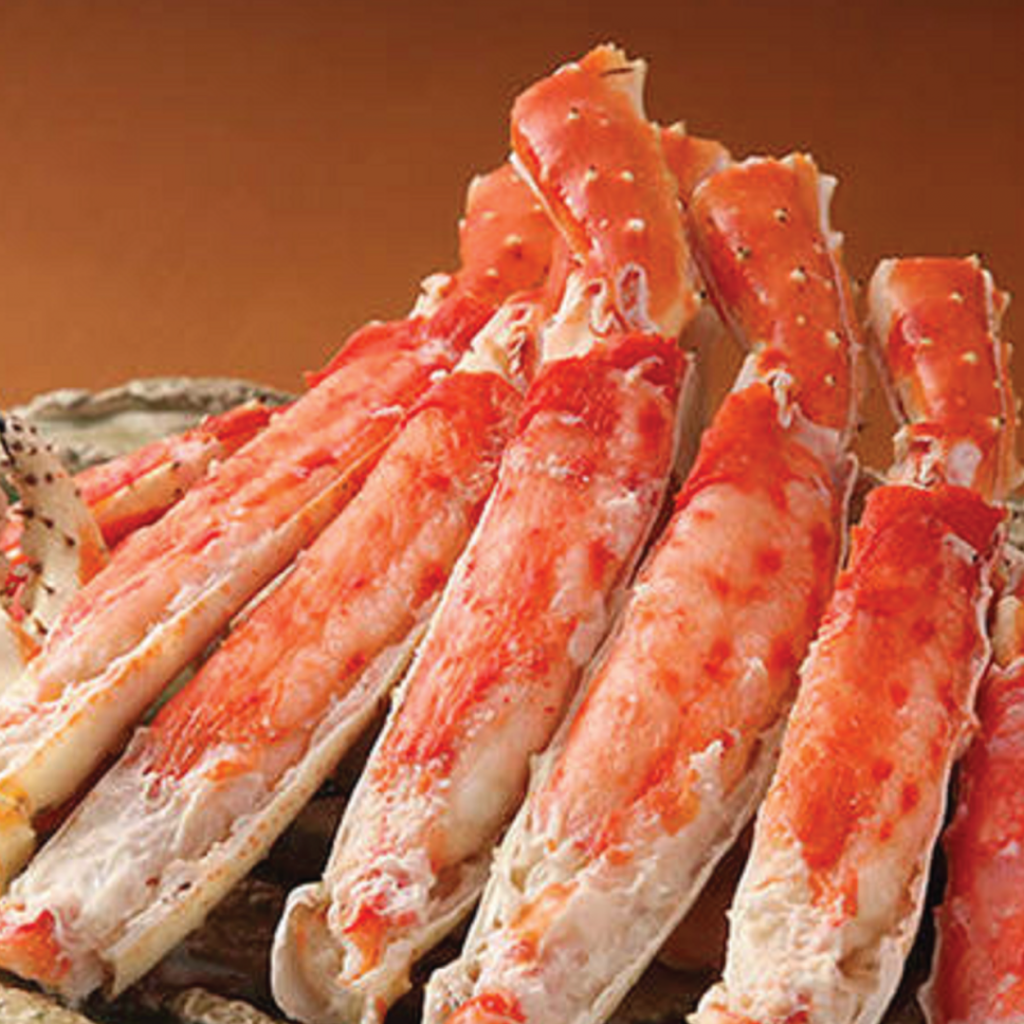
Tarabagani Red King Crabs
King crab legs have a softer shell, and contain sweet and flaky meat. Because of its size and price, Tarabagani is known as the King of crabs and enjoyed as a luxurious food.
Hotate Scallop
Japanese scallops stand out for its umami and sweet flavour. Boiled hotate scallop is delicious to be served braised, fried or sautéed.
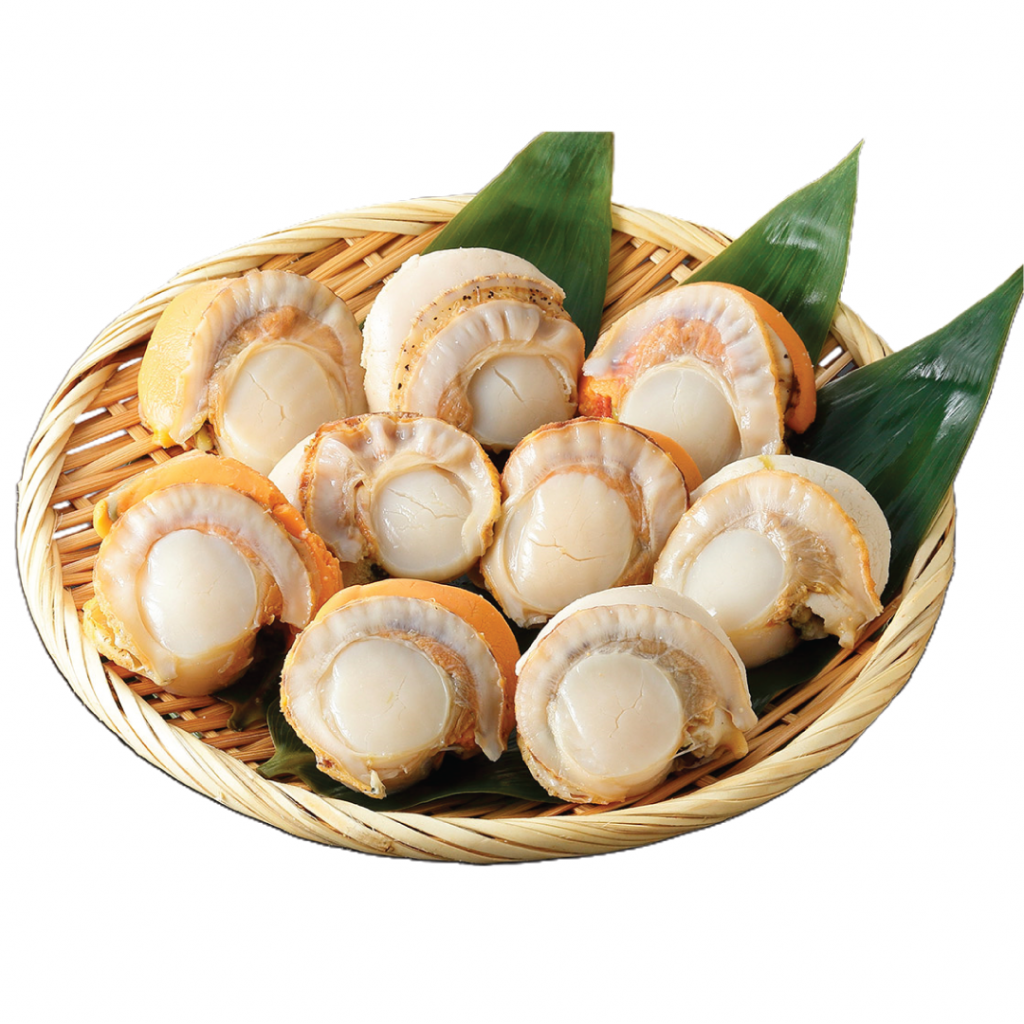
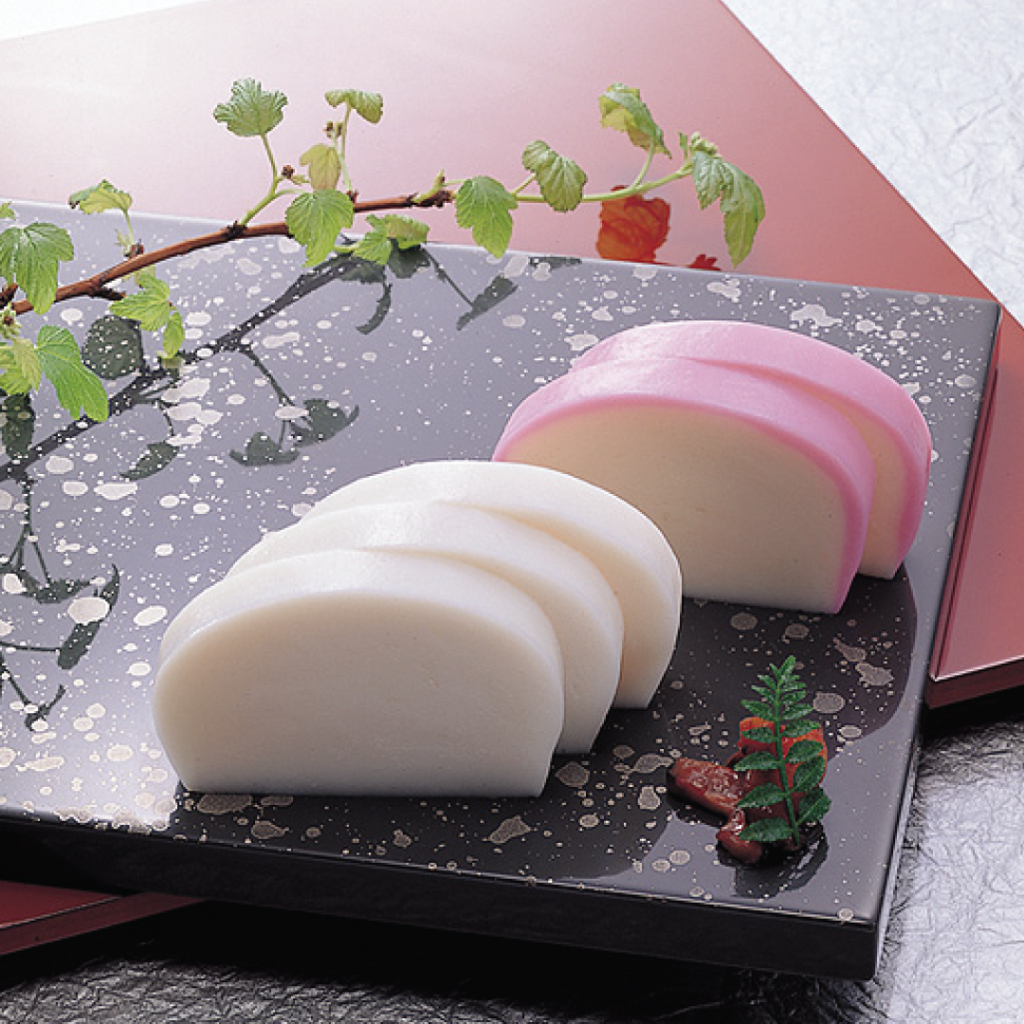
Kamaboko
Kamaboko is cured surimi while fish cake steamed into a semi-log shape. The pink and white symbolize ‘kohaku’ or red and white, which is a Japanese auspicious color combination. Red signifies fortune while white symbolizes purity.
Kamaboko’s half-moon shape resembles the sun rising from the horizon and is considered to bring good luck.


